PRTG Alarms
The built-in PRTG Alarms trigger initiates a flow when it receives a signal from a PRTG sensor.
Add the PRTG Alarms trigger to the canvas
- Go to the Triggers tab in the palette, expand the App Triggers section and drag the trigger onto the canvas.
- Double-click the trigger (or click the pencil icon).
- Set the authenticating user, and then copy the URL and Configuration Payload — you'll use these to set up a webhook in PRTG. Alternatively, you can create an integration user to use as the authenticating user.
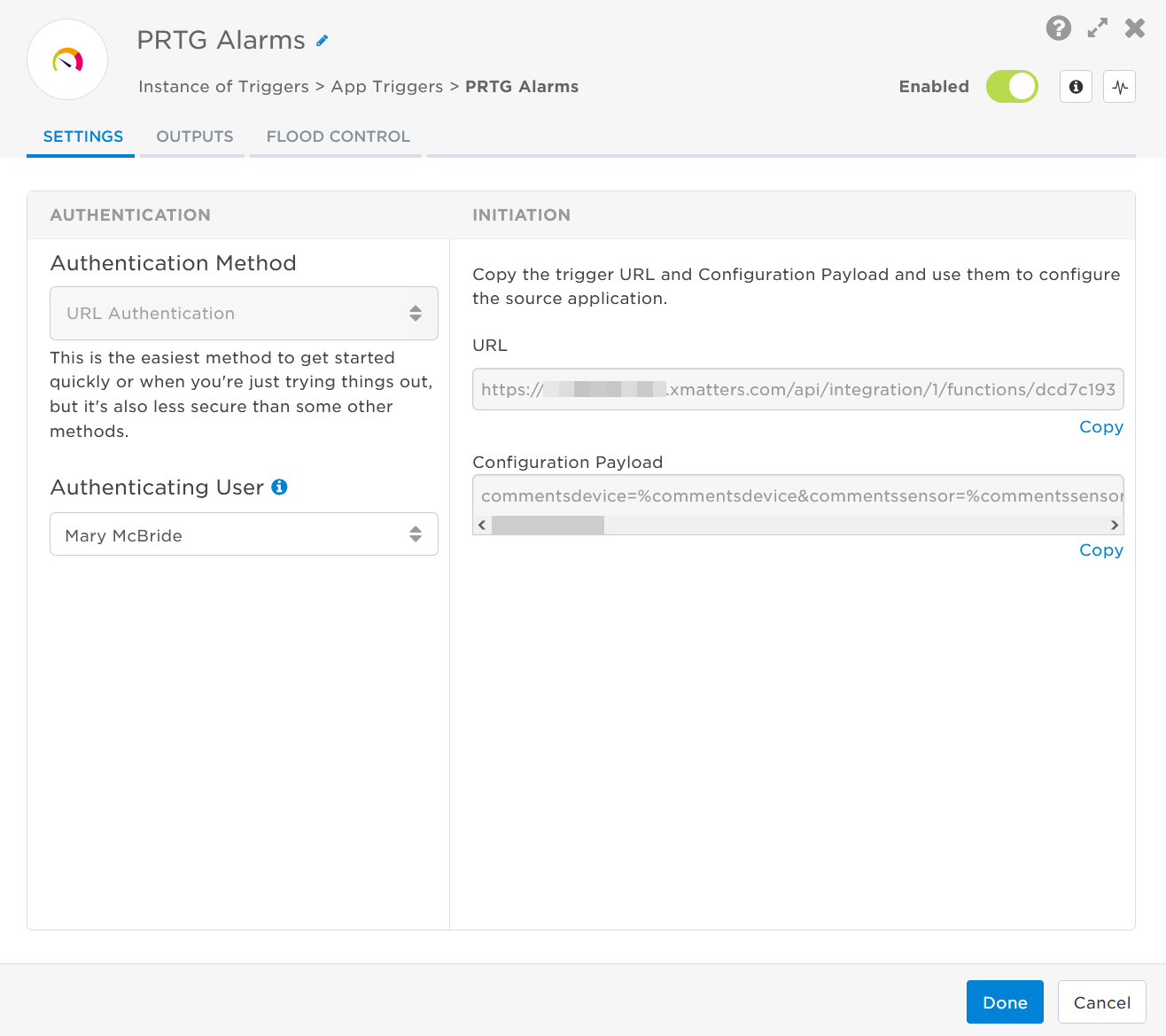
- Click the Flood Control tab to edit the trigger's default flood control settings. For more information about these settings, see Trigger Flood Control.
- Click Done.
- On the flow canvas, connect the steps you want to run when xMatters receives a request to that URL.
You're now ready to configure PRTG to target the trigger.
Configure PRTG to send requests to the trigger URL
To have PRTG send alarms to the flow trigger, you need to create a Notification Template and set it to use the trigger URL.
- In PRTG, navigate to Setup > Account Settings > Notification Templates.
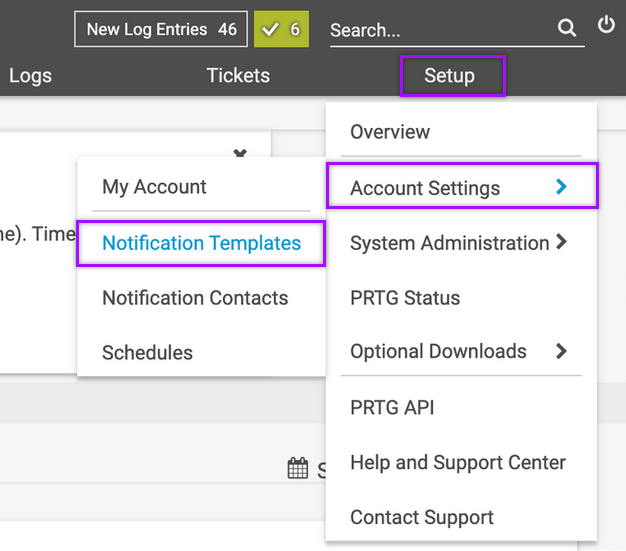
- Hover over the + button and select Add Notification Template.
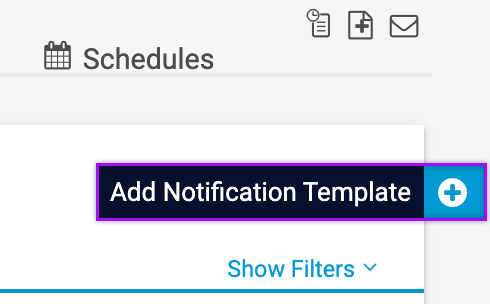
- On the Notification Template settings page, add a Template Name.
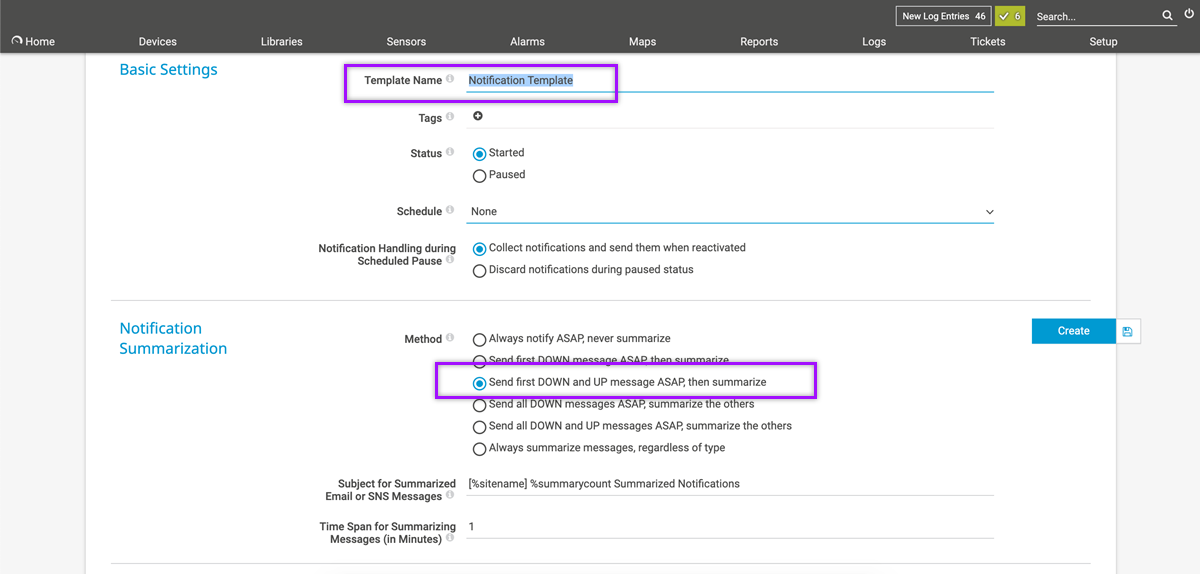
- Use the default Notification Summarization setting (Send first DOWN and UP messages ASAP, then summarize).
- Enable the Execute HTTP Action toggle.

- In the URL field, paste the trigger URL you copied from Flow Designer.
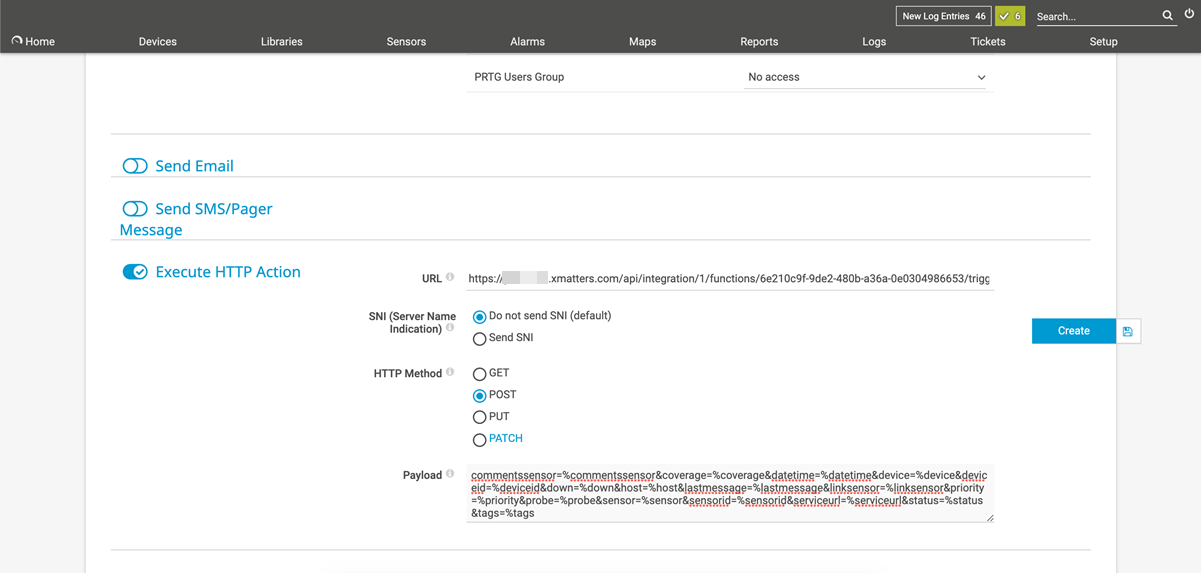
- Add the target names of any recipients you want xMatters to notify when the alarm fires to the end of the URL.
- For URL authentication, use an ampersand to attach recipients. For example, if you want to notify Emma Pearson and the on-call members in the group responsible for the Antares service, you'd add &recipients=epearson,antares to the URL.
- You must URL-encode any special characters or spaces in the target names.
- Set the HTTP Method to POST.
- In the Payload field, paste the Configuration Payload you copied from the PRTG Alarms trigger in Flow Designer:
- Click Create.
You're ready to use the webhook to trigger automated flows, including steps such as sending alerts and initiating incidents, though we always recommend testing before putting things into use.
Outputs
The trigger has the following outputs you can use as inputs to steps further along the flow.
|
Label |
Description |
|---|---|
| Recipients | List of targeted recipients. |
| Signal Mode | Determines the flow path to follow, based on the value of the Status parameter. |
| Signal ID | Key or identifier used to terminate or correlate events/signals. |
| Device | Name of the device where the event was triggered. |
| Device ID | Unique ID of the device where the event was triggered. |
| Device Link | Direct link to the device that triggered the event. |
| Host | IP or DNS name of the device that triggered the event. |
| Last Message | Last message sent by the PRTG sensor. |
| Priority | Priority setting of the related sensor. |
| Probe | Probe under which the event was triggered. |
| Sensor | Name and type of the sensor that triggered the event. |
| Sensor ID | Unique ID of the sensor that triggered the event. |
| Sensor Link | Direct URL to the sensor that triggered the event. |
| Service URL | Service URL configured for the device under which the event was triggered. |
| Status | Previous and current sensor statuses. |
| Tags | All tags of a sensor and its parent objects. |
| Timestamp | An event's date and time in the PRTG core server system's timezone. |
| Raw Request | JSON representation of the request that can be parsed separately to get additional context on outputs. |